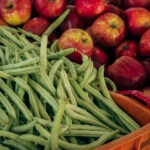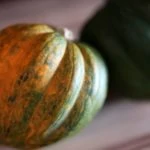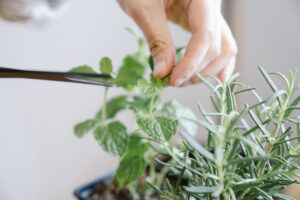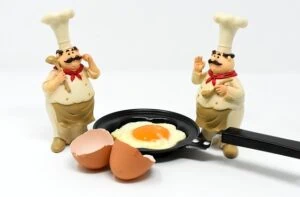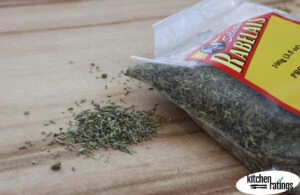I remember as a child, in the Spring I used to pick these wild herb stems from the back yard and chew on them while I ran around barefoot. My little sister and I pull up bunches of them by their stringy white roots and bring them in at lunch time and chop them into salads. Now I know that this oniony, green stem is chives!
What Are Chives?
Chives are an herb in the garlic and onion family. They have long, thin, green stems that taste mildly spicy. Chives are used in cooking around the word. Chives belong to the family of alliums. Its cousins include onions, shallots, Chinese onion, garlic, leeks, and scallions.
The chive plant looks like tender green leaves similar to blades of grass. Chives are hollow inside and about the circumference of a pencil or smaller. Chives are perennials, and can be found in gardens and mixed into lawns across Europe, Asia, and North America. Chive plants blossom between April and May. Chive flowers are purple, attractive to honey bees, and can be eaten — usually as garnish.
How Do Chives Taste?
Good news! Though chives have an onion like flavor, they won’t give you onion breath.
The edible leaves of fresh chives have a milder flavor than regular onions, and the chive blossom has a delicate taste, also described as an oniony flavor, but less strong than the green parts.
Chives vs Green Onions
Chives are often confused with green onions. The hollow green stems of both chives and green onions are used in similar ways and taste similar too. However, green onions are larger and have an onion bulb on the end that tastes much stronger and spicier than the long, skinny chive bulb.
Choose green onions for a sharp, spicy flavor, and choose chives for a more delicate flavor similar to spring onions and other spring herbs.
Where to Buy Chives
Chives are sold year-round in the produce section of nearly every grocery store. They’re sold in bunches, and in farmers markets you’ll likely see chive blossoms still attached.
Look for fresh chives that don’t wilt over when held in a bunch.
Dried chives can also be bought in most stores in the spices isle. You’ll find them sliced into small rounds and sold in a clear jar.
Since chives have the most pleasant flavor when used very fresh, the best way to use them is harvested from your own garden or kitchen herb pot. One chive plant will likely give you plenty of chives for your family.
How to Cook with Chives
Fresh chives are often used as a garnish with other fresh herbs on twice baked potatoes, spring vegetables, and other savory foods that let their delicate flavor and beautiful bright color shine.
You can also add fresh chives to foods in their last two or so minutes of cooking. Try adding a few sliced chive stems to stir fries or foods made in the slow cooker like rice.
You can also add chopped chives to savory recipes before cooking. Some great chive recipes to try include crab cakes and homemade herb bread. Or, try mixing them into olive oil, cream cheese, deviled eggs, mashed potatoes, sour cream, and salad dressings — anywhere you want to embrace a fresh herb flavor.
Try this recipe for Fluffy, Perfect Baked Potatoes with fresh chives.
Substitutes for Chives
Since chives have an onion flavor, they can be replaced with several other herbs in the allium family. Substitute other garlicy or oniony-flavored herbs for chives with a 1:1 ratio.
The delicate flavor of green onions and scallions is similar to chives. Use their green tops or bulb.
When choosing between types of onions to use as a replacement for chives, opt for white onions versus red or yellow. White onion has a mild flavor like chives, whereas yellow and red onions taste more sweet and sometimes are too spicy.
Scallions are a near equal match for chives. Opt for these whenever possible when looking for substitutes for chives in any green onion recipes.
How to Store Chives
The best way to use chives is harvested straight from the chives plant. If you don’t have a chives plant, you can store chives that are dried in an airtight container in a dark, cool cupboard for up to six months.
To store fresh chives, place the green tops in a plastic bag with a damp paper towel and refrigerate for about a week.


